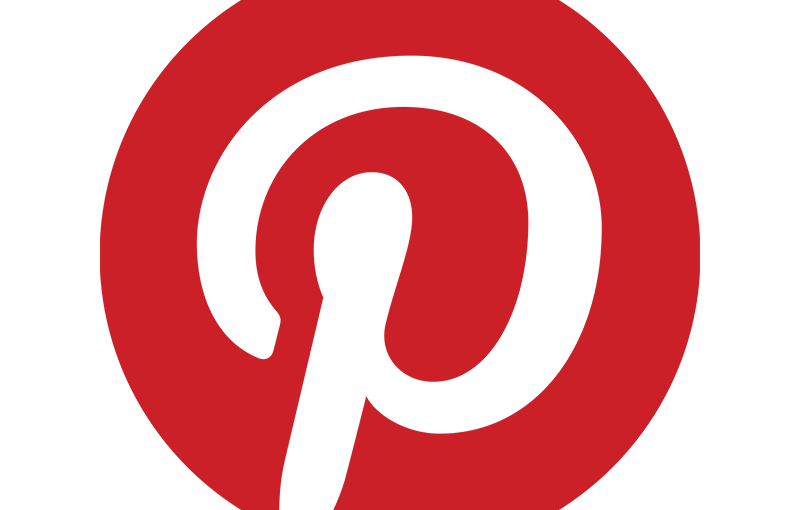How brands use Pinterest to engage customers

Pinterest is one of the most popular social media sites on the internet, with over 70 million (!) users worldwide. Meteoric growth over the last two years has led many fashion brands to use the site as a platform to advertise, engage and communicate with this huge userbase. Brands of all sizes have attempted to tap into this strategy. Here we look at three such companies: UK brand Boden (19,310 followers), American designer Kate Spade (134,061), and outfitter L.L.Bean (5,710,013).
Choosing a tagline
Descriptions on Pinterest tend to be short and to the point, but notice the differences between a descriptive/passive introduction and an involved/active choice.
Boden offers little personality in its section, focusing instead on preparing the user for what he or she will see upon scrolling down the page.
Kate Spade eschews professionalism (no capitals, incomplete sentences) by instead mirroring the tone of the text with the tone of its formatting. Notice how the words invite the user to join with the Kate Spade brand rather than simply observe its workings.
The largest brand, L.L. Bean, takes this approach even further by explicitly inviting the user to be a participant in its discovery. Rather than following, L.L.Bean’s fans are partners in its outdoors pursuits.
Maintaining the mantra
Presence on Pinterest is, above all, focused on appearances. In fact, the entire appeal of an image or board is the ability of its content to catch the notice of the user while surrounded by a sea of other competitive imagery.
Official use of Pinterest by brands has primarily tried to strengthen the appearance of the company while interacting directly with consumers. Brands pin photos that relate to the way the company wishes to be perceived, and this has taken our three examples in a variety of different directions.
Boden’s profile focuses on the mantra of “How We” followed by a verb (or two). Many (perhaps most) of these posts don’t even feature Boden products, relying on bright colors and exuberant personality to sell the brand rather than specific items. Most of these images are of everyday life (food, pets) and designed to introduce a feeling of the Boden brand rather than literal imagery of it.
Kate Spade’s Pinterest account titles each board in a similar way as Boden, a verb followed by the adverb “colorfully” (although some of the photos in the “dress colorfully” board are ironically in black-and-white). This approach serves as a sort of visual manifesto, identifying the sort of personality that the brand associates with its products. There is a more artistic element here than in Boden’s photos, more focus on the aesthetic than the daily. There are also more appearances of the company’s product line, placing the clothing and accessories in the environments that match them.
The largest of the three brands takes a unique approach from the other two. While Boden and Kate Spade differed from each other, it could be fairly said that all of the images on each’s boards were designed specifically to describe the associated brand. Kate Spade’s Pinterest is about Kate Spade, not about New York. L.L. Bean takes a different road, making its Pinterest an online destination for images of the outdoors. While some boards are catalogue-esque imagery of the company’s products (Back Packs), others are related to the brand only tangentially (Woodland Creatures). This serves to contextualize the brand in situations that highlight its uses, making L.L.Bean’s products inseparable from the beauty of the woodland or the excitement of children camping.
Staying relevant
More recently, brands have begun to more actively pursue their following base on Pinterest by engaging in various promotional activities.
This one, from Boden, encourages consumers to sort their favourite products for a chance at store credit.
This encourages users to display their favorite Boden products on the site and provides feedback to the brand on its customers’ preferences.
Kate Spade is less proactive, encouraging its users to play along but not rewarding them for doing so.

L.L.Bean engages its users most poignantly, creating photo challenges that are not one-off but ten or even fifteen days long. This helps create a lasting impression of the brand in the mind of the users and further encourages sharing within the site.

Next steps
One of the most imaginative (and profitable) uses of Pinterest comes not from a fashion label but rather from cosmetics brand Nars. The company made waves in March by offering early access to new product lines exclusively through Pinterest, with users able to purchase by clicking through posted images. Nars further promoted this initiative by partnering with three of Pinterest’s most recognisable content generators: creating boards themed around the new lines to be shared around the site. This allowed the company access to the followers of each of these three individuals, rather than just those subscribed to the official corporate account.
The future will surely show more scope for creativity on Pinterest – so it’s down to fashion and beauty brands to discover exactly what the best ways are to use it.






